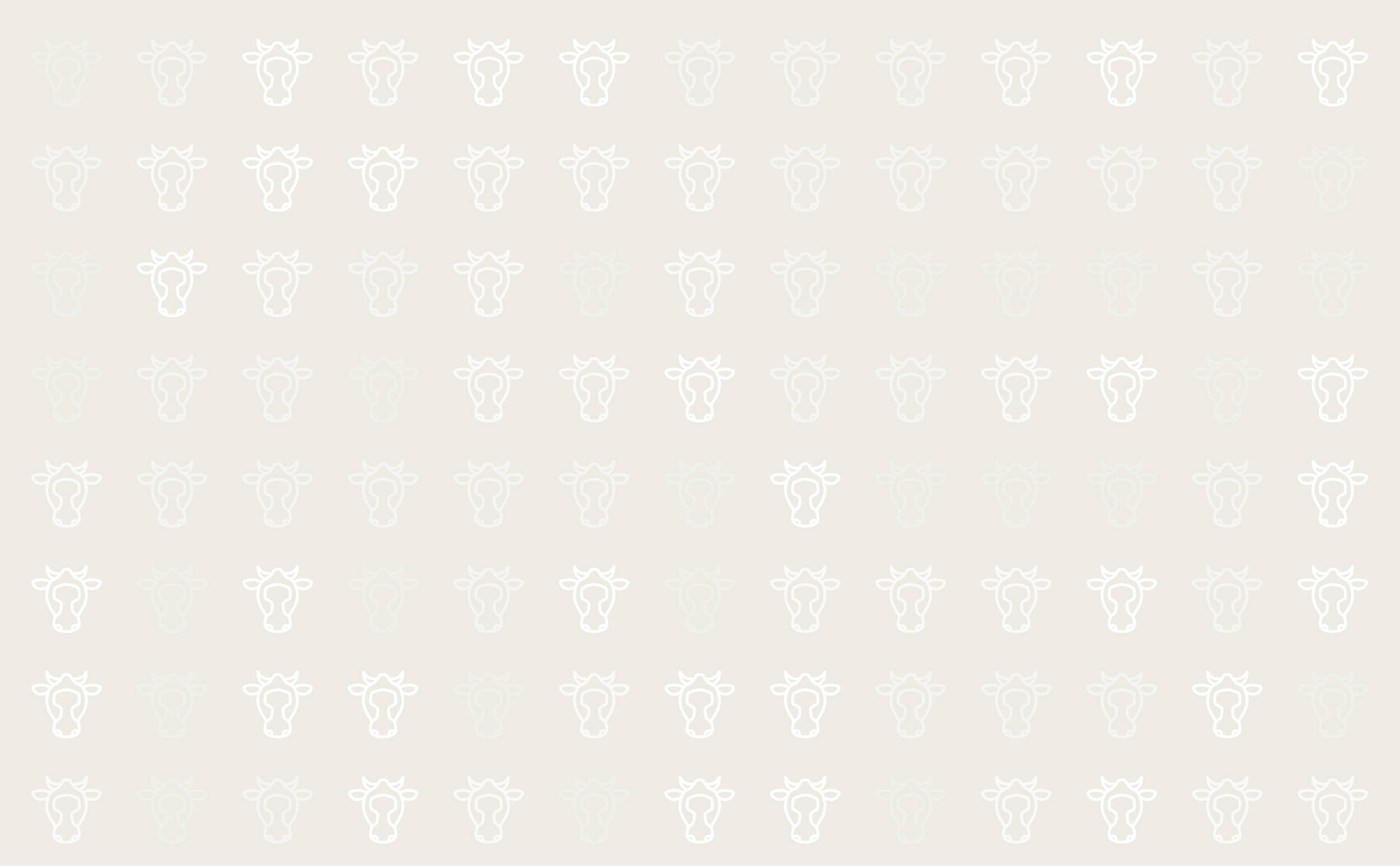



Acetonaemia (Ketosis)
Cause
Ketosis is a metabolic disorder that occurs in cattle when energy demands (e.g. high milk production) exceed energy
intake and result in a negative energy balance. Ketotic cows often have low blood glucose (blood sugar) concentrations.
When large amounts of body fat are utilised as an energy source to support production, fat is sometimes mobilised
faster than the liver can properly metabolise it. If this situation occurs, ketone production exceeds ketone utilisation by the
cow, and ketosis results.
In the beef cow, this is most likely to occur in late pregnancy when the cow's appetite is at its lowest and the energy requirement of the growing calf near its peak.
In the dairy cow, the mismatch between input and output usually occurs in the first few weeks of lactation, because the cow is not able to eat enough to match the energy lost in the milk.
Symptoms
- Reduced milk yield
- Weight loss
- Reduced appetite
- Dull coat
- Acetone (pear drop) smell of breath/ or milk
- Fever
- Some develop nervous signs including excess salivation, licking, agression etc.
Treatment
The initial aim of treatment is to restore the lack of glucose in the body.
A quick-acting glucose supplement is required immediately. Follow-up treatment is aimed at providing a long term supply of glucose.
Glucose replacement
Intravenous administration of a dextrose solution by a veterinarian is effective in the short term, but follow-up treatment is essential if relapses are to be avoided.
Drenching with propylene glycol or glycerine has longer term effects. It also has the benefit of ease of administration. Treatment should be continued for two to four days. Several commercial compounds contain propylene glycol and glycerine.
Hormonal therapy
Many of the long-acting corticosteroids have beneficial effects in ketosis. They are administered by the veterinarian as a single injection.
Corticosteroids have the ability to break down protein in muscles to produce glucose, which immediately replenishes the depressed blood glucose levels.
When using corticosteroids, it is important to supply an adequate amount of glucose either as a high carbohydrate diet and/or propylene glycol drenches to prevent excessive breakdown of muscle protein.
Prevention
It is important to prevent ketosis from occurring, rather than treating cases as they appear.
Prevention depends on adequate feeding and management practices.
In times of feed deficiency because of drought or other reasons, the provision of supplementary feed with adequate amounts of carbohydrate is essential. The best feeds tend to be good quality hay, silage, or cereal grain.
The body condition of the dairy cow is important at calving. Cows should be on a rising plane of nutrition up to calving with the aim to calve in good condition.
After calving, the cow has the potential to reach maximum efficiency in milk production, but feed requirements for high production are often greater than the voluntary intake of pasture can provide.
Therefore an energy supplement is required and there is evidence that this will improve production and reproductive performance, and decrease the risk of ketosis. The best supplements are good quality hay, silage, or cereal grains. Supplements should be fed at least until the peak of lactation is reached or longer depending on the quality and quantity of available pasture.
Occasionally, very high-producing cows will be susceptible to ketosis every year. In these cases a preventive drenching program of propylene glycol immediately after calving may avert ketosis in individual problem cows.

